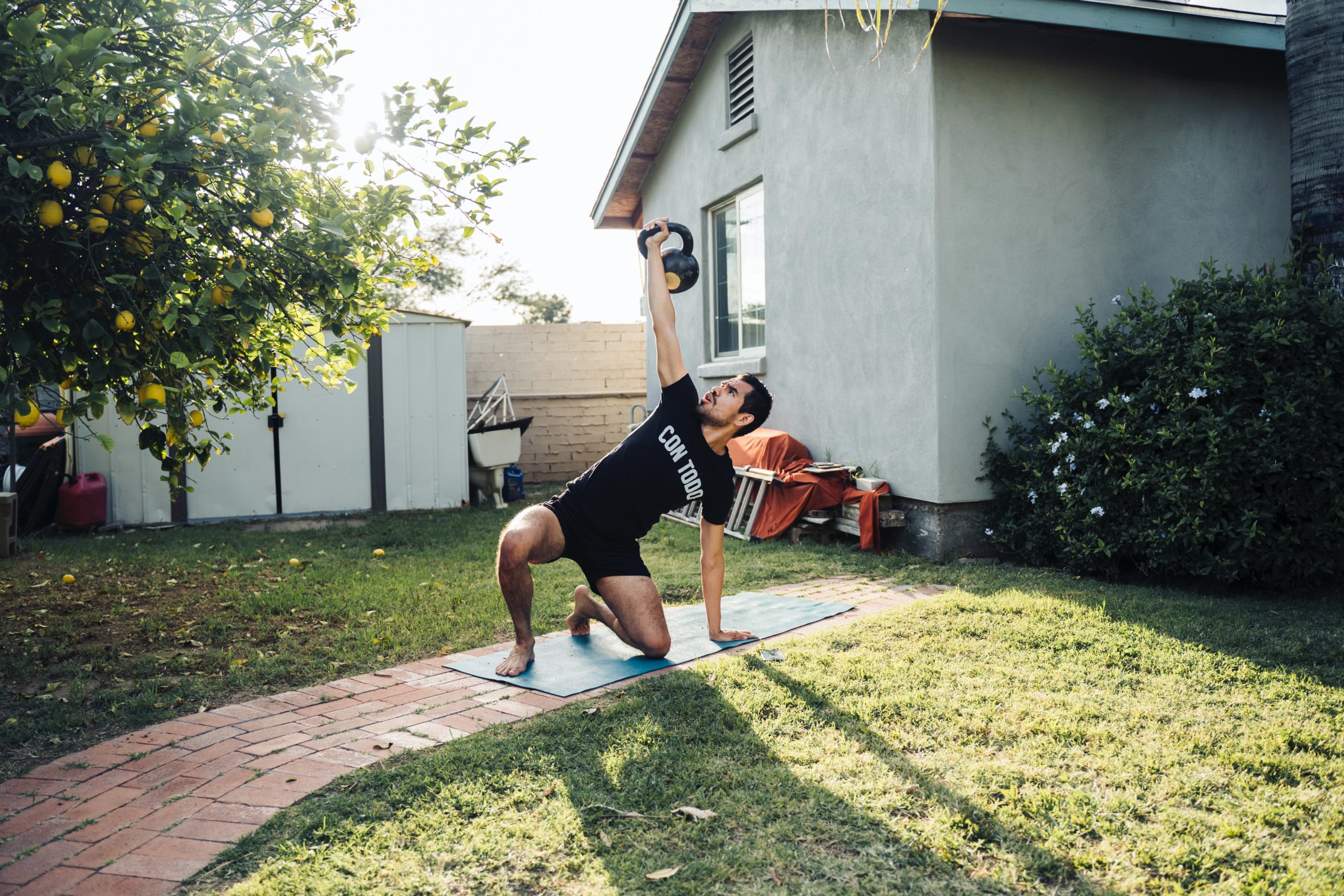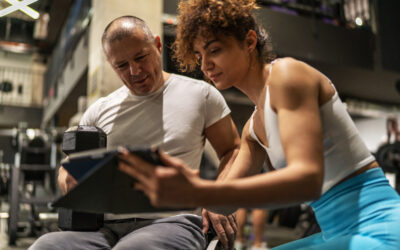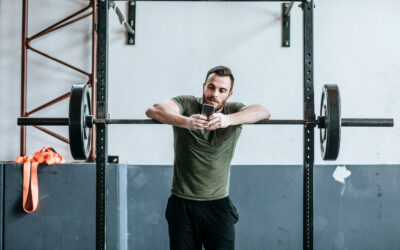Effective Ways to Coach At-Home Athletes
TOPIC: Coach Development | Sports Performance
Transitioning to remote coaching presents unique challenges for strength and conditioning coaches, especially when athletes lack access to standard gym equipment. Effective communication and creative programming are essential to maintain engagement and ensure athletes continue to progress in their training.

Written By
josh schillim
Josh Schillim is the Head Strength and Conditioning Coach at the University of Saint Mary in Kansas. Prior to USM, Josh worked as an assistant strength coach at Wayne State College in Nebraska and as a graduate assistant of sports performance at Benedictine College (Kansas) and Central Methodist University (Missouri).
Open New Doors by Coaching Remote
For coaches, the squat rack is sacred. Coaches plan movements around how they can do their basic foundational movements in the rack. But the pandemic revealed just how useful it is to have a home gym, and many coaches must now adapt to how they train their athletes for success in their sport.
For many athletes, a rack, barbell, dumbbells, and other luxuries college programs have in the weight room are not an option.
Adapting a program with an emphasis on squat, bench, clean, and deadlifts is a challenge that all strength and conditioning coaches face. Finding ways to keep athletes engaged with maintaining strength levels is essential. Whether the institution has the financial means to provide training sessions to their athletes or if the staff sends an outdated Word document to each team providing workouts, the athletes must continue to train.
Coaches need to keep their primary movements at the center of the program, but simply adapt what modalities they use.
Communication is Key
With a focus on athletic development, keeping a connection to coaches and teammates may be more critical. Keeping athletes engaged with each other, and their coaches, will maintain cohesion between everyone — maintaining a sense of team camaraderie is a must. Text, GroupMe, FaceTime, Skype, and Zoom are a few examples of ways to say in touch and interact with athletes. Any form of communication can help keep the athlete feel as if they are still part of the team and provide them with a support system in a new way.
Keeping athletes engaged socially is essential, but doing so can be challenging. After ensuring that the athletes are still engaging with teammates and coaches, the next priority is to make sure that athletes are training correctly. Creating a training environment for athletes is a difficult task. There are a variety of ways to help student-athletes while training from home.

How to Boost At-Home Training
Ways to increase the effectiveness of an at-home, minimal equipment session include:
- Tempo Movements: Simply changing the speed at which an exercise is done will change the difficulty of the movement.
- Rest Intervals: Reducing or increasing the amount of time between movements will change the energy system that is being used.
- Volume: Adding additional sets and reps will change the intensity of the training system while adding to the athletes’ work capacity.
These three ways of increasing training session effectiveness will change the amount of effort the athlete needs to give. There is only so much a coach can change when the athlete does not have access to a weight room. As painful as the reality it is to accept, athletes get bored fast. Giving athletes a program with minimal equipment and a small variety of movements at a coach’s disposal, coaches need to be creative.
Creative ways to keep athletes engaged during home training sessions:
- Odd Object Equipment: Less traditional equipment may include cinder blocks, bungee cords, gallon jugs, backpacks, and buckets filled with books.
- Social Challenges: With athletes using social media as frequently as they do, issue challenges via Twitter and Instagram. Challenges can include who can find the largest or strangest item to squat safely or how many days in a row they can go outside and walk for 10 minutes (while maintaining proper social distancing).
- Game-ify Movements: Creative lifts break up the monotony of bodyweight squats, pushups, and running. For example, a deck of cards can be used to by picking the face cards to decide a movement and the number cards to determine the reps.
Transitioning to remote coaching can open new doors for strength coaches, allowing them to reach more athletes and build a scalable business. Making the shift seems daunting at first — from choosing the right technology to structuring effective programs and keeping athletes engaged. But whether you’re a seasoned coach or just starting out, these insights will help you navigate the transition with confidence and success.
Find Your Perfect Training Plan
Sometimes all you need to reach your destination on your fitness journey is an expert guide. Look no further, we've got you covered. Browse from thousands of programs for any goal and every type of athlete.
Try any programming subscription FREE for 7 days!
Related Articles
You May Also Like...
The Best Exercises for Developing Speed
Want to run faster? It’s not just about sprinting more. The real secret lies in the weight room. Strength training builds the raw power, stability, and mechanics that turn into explosive speed on the field or track. Here’s how to train smarter and unlock your fastest...
5 Powerful Tips for Fitness Coaches Who Want to Stand Out
If you’re in the trenches as a coach or trainer, you already know this industry doesn’t hand out gold stars for effort. The fitness space is saturated, competitive, and often filled with more flash than substance. If you're just starting out or years deep, what...
The Fundamentals of Program Design for Strength & Conditioning Coaches
Great programming isn’t just sets and reps on a spreadsheet — it’s coaching with intention. You might be training a first-year varsity hopeful or a pro prepping for their next big comp. Either way, your job is to build something that works for them. The flashiest...
The Best Exercises for Developing Speed
Want to run faster? It’s not just about sprinting more. The real secret lies in the weight room. Strength training builds the raw power, stability, and mechanics that turn into explosive speed on the field or track. Here’s how to train smarter and unlock your fastest...
5 Powerful Tips for Fitness Coaches Who Want to Stand Out
If you’re in the trenches as a coach or trainer, you already know this industry doesn’t hand out gold stars for effort. The fitness space is saturated, competitive, and often filled with more flash than substance. If you're just starting out or years deep, what...

Want more training content?
Subscribe
For Coaches
For Athletes
About
Support
Training Lab
Access the latest articles, reviews, and case studies from the top strength and conditioning minds in the TH Training Lab!
Made with love, sweat, protein isolate and hard work in Denver, CO
© 2024 TrainHeroic, Inc. All rights reserved.





